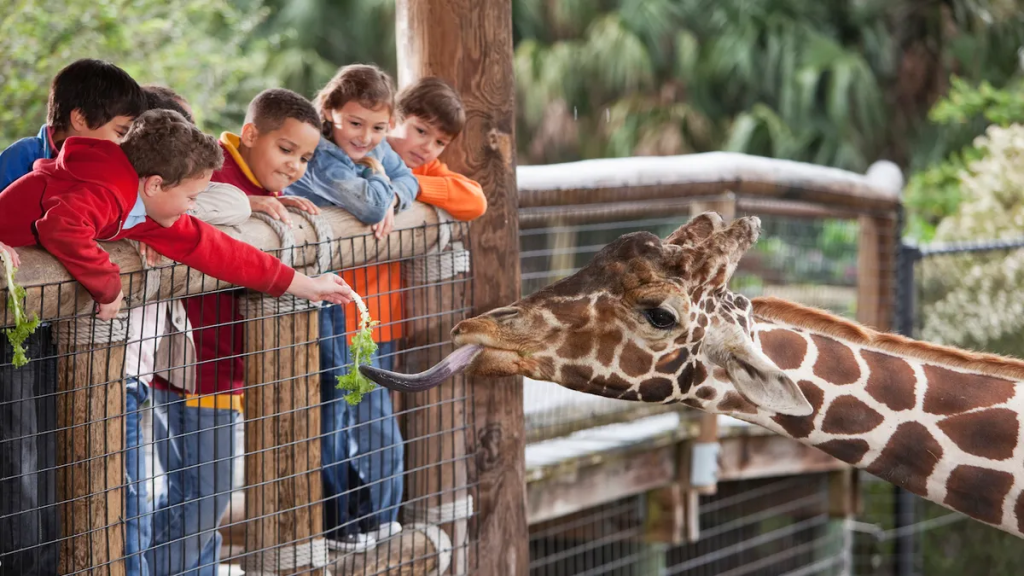
Zoos have long been a source of fascination and education for visitors, but their role in animal conservation is equally vital. As natural habitats continue to shrink due to urbanization and climate change, zoos have become essential in protecting endangered species and supporting global conservation efforts.
Modern zoos are more than just places for public entertainment; they function as critical centers for research, breeding programs, and species recovery. By housing animals in controlled environments, zoos can study their behavior, genetics, and health, which aids in developing effective conservation strategies. For many endangered species, zoo breeding programs provide the last hope for survival, helping to rebuild populations and eventually reintroduce animals into the wild.
Moreover, zoos often collaborate with international organizations to fund and support field conservation projects. They raise awareness among the public, fostering a greater appreciation for wildlife and the importance of preserving their natural habitats. Educational programs and interactive exhibits inspire visitors to take action in their own communities, contributing to broader conservation efforts.
In summary, while zoos might seem like mere attractions, their impact on animal conservation is profound. By focusing on research, breeding, and education, they play a crucial role in safeguarding endangered species and ensuring a future where wildlife can thrive.